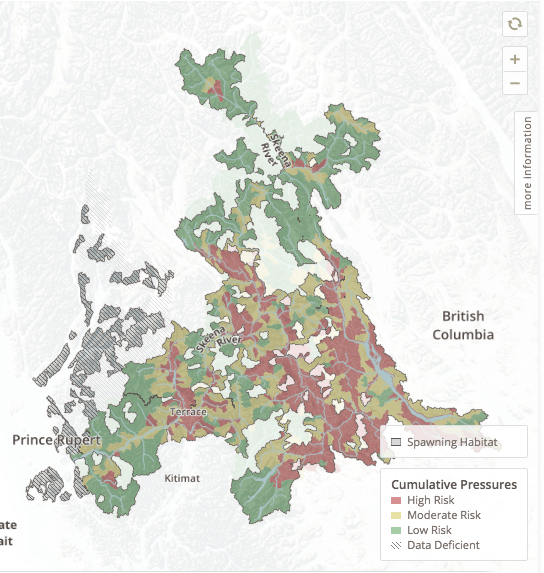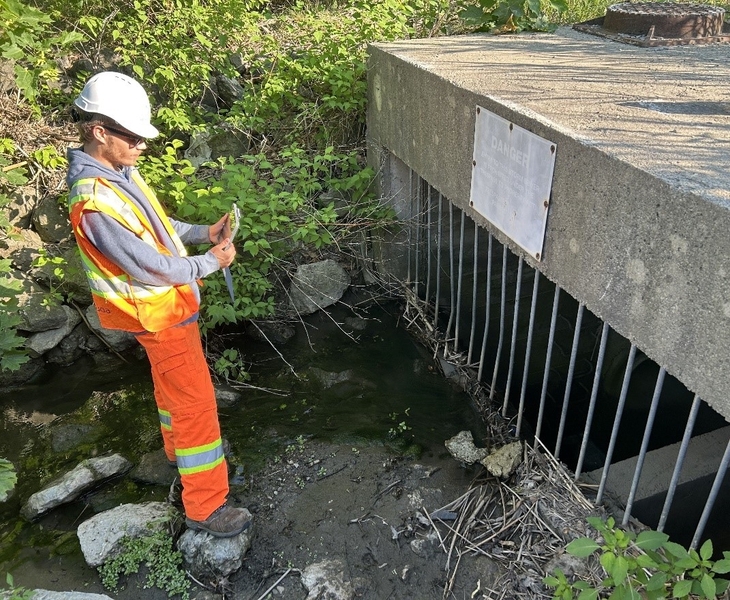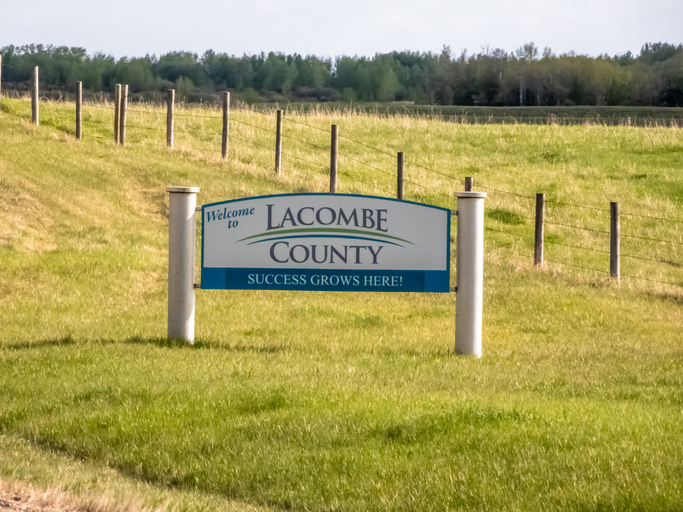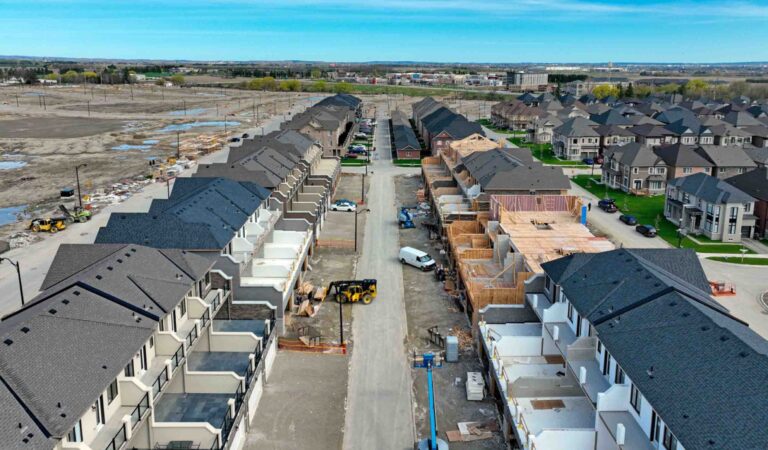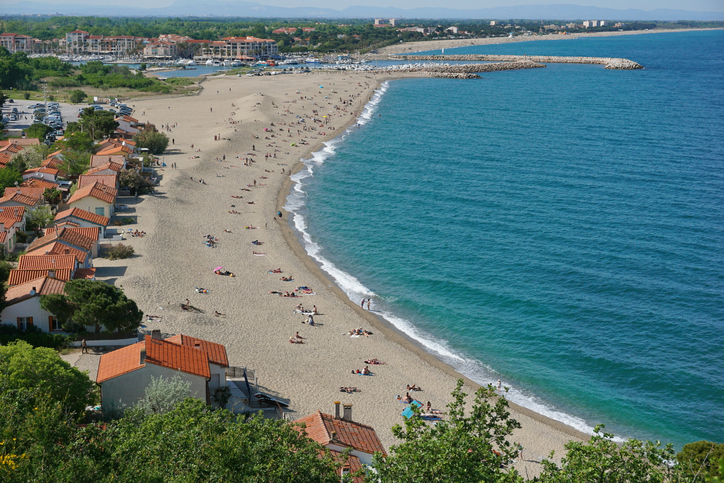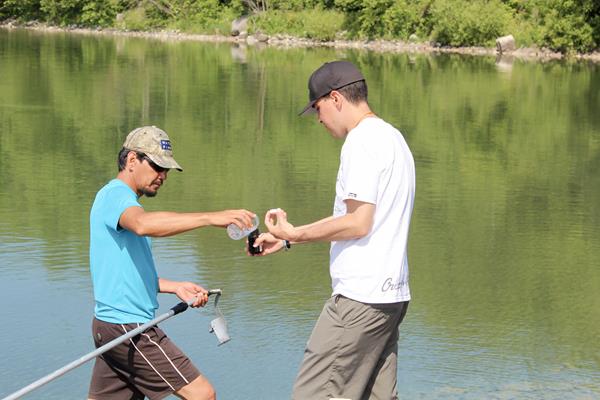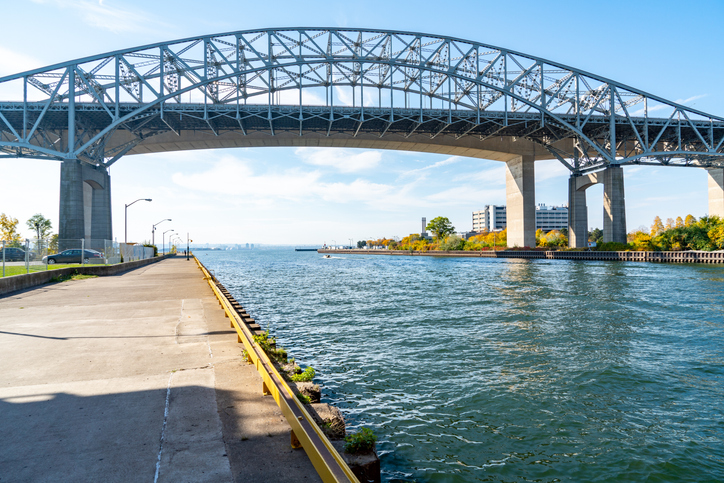The Skeena River–British Columbia’s second largest river–remains largely undeveloped and has diverse wild salmon populations, but for decades there has been conflict over how to manage wild pacific salmon with habitat loss, major sockeye enhancement developments, bi-catch in fisheries, and now in the face of increasing major developments. A new and unique online tool developed by the Pacific Salmon Foundation will now help communities in the watershed to resolve these conflicts.
“Over 35 years of my experience, it is abundantly clear how heartfelt the concerns were for Pacific salmon in the Skeena watershed,” said Brian Riddell, president and CEO of the Pacific Salmon Foundation. “But there was no easy resolution to those concerns, with the fundamental issue being a lack of shared information that solutions could be built from. Well, no more; our new Pacific Salmon Explorer tool will help deal with that.”
The Pacific Salmon Explorer is a customized, online data visualization platform that provides a much deeper understanding of the information that exists on the Skeena watershed. Geospatial data can be accessed on the 55 unique local salmon populations and the factors that are affecting them and their habitats.
Using the tool, people can access:
- Sixty years of stock assessment data on Skeena salmon populations;
- A snapshot of the baseline condition of the Skeena River estuary;
- Interactive maps displaying the risk of degradation to freshwater salmon habitats from multiple human and environmental pressures; and
- Maps showing the location of both existing and future resource development projects in the Skeena River watershed and estuary.
- All the datasets, maps and figures can also be downloaded and printed.
The tool was developed with financial contributions the Gordon and Betty Moore Foundation and the Government of Canada through its Canada’s National Conservation Plan.
The hope is that communities and industry will use the tool to better understand which salmon habitats are the most at risk of degradation from various human and environmental pressures and where future development could pose additional risks.
The Salmon Explorer tool is accessed online at: www.salmonexplorer.ca.

